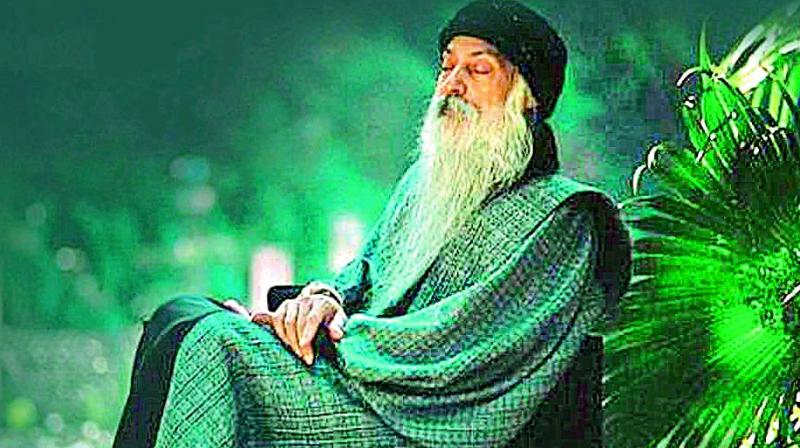Mystic Mantra: EhiPassiko: Come and see for yourself
The Buddha did not use the old Sanskrit language — He used the Pali language which everybody could understand in those days.

There’s an anecdote from when Gautama Buddha arrived in a certain village for the first time and many people came to attend his talk. His talk was not based on any scriptures, nor he was talking about anything that was in conformity with the traditions. The villagers had heard several preachers earlier and they were quite comfortable with their traditional sermons — because all the preachers had been talking more or less the same thing. But what Gautama Buddha was saying seemed to be very different and on his own authority, and his presence had a certain radiance which the villagers had not seen in any preacher. Gautama Buddha had the illumination of the soul and a certain magnetic aura. The villagers felt a great pull towards him, and at the same time, they were confused also as they did not understand his totally unconventional talk. So they told the Buddha that they could not understand him and asked him what they could do in such a situation.
Gautama Buddha said: “Come and meditate with me. You can have a taste of what I am saying. This is the only way you can be free from confusion.”
The Buddha did not use the old Sanskrit language — He used the Pali language which everybody could understand in those days. He said: “EhiPassiko”, which can be translated as “come and see for yourself”. There’s a Sanskrit word Pashya — which means seeing or observing. The Pali word Passiko has roots in this Sanskrit word Pashya — “Ehipa?yika” — from the phrase ehi, pa?ya — “come, see!” And the Buddha’s most popular meditation Vipassana also has the roots in this word. J. Krishnamurti had always talked about the phenomenon of observing, and his phrases “the Choiceless Awareness”, “the observer is the observed” also have the roots in Vipassana. The modern-day practice of Mindfulness is also based on the same.
This simple meditation Vipassana (observing oneself in totality — physical actions, breathing, thoughts, feelings) is the greatest gift given by Gautama Buddha and Ehipassiko is his main teaching. It simply means not to accept things based on what you hear. Experiment and experience. He is asking you to come and see for yourself. Experiencing is the main thing. It is an invitation to come to the source and test things out empirically — to check out the nature of reality for yourself. He uses another beautiful word Tathata, which means Suchness — See life as it is. And J. Krishnamurti coined a new phrase for it — the Choiceless Awareness.
Osho adds: “Just be, and watch. Being is not doing, and watching is also not doing. You sit silently doing nothing, witnessing whatsoever is happening. Thoughts will be moving in your mind; your body may be feeling some tension somewhere, you may have a migraine. Just be a witness. Don’t be identified with it. Watch, be a watcher on the hills, and everything else is happening in the valley. It is a knack, not an art.”

